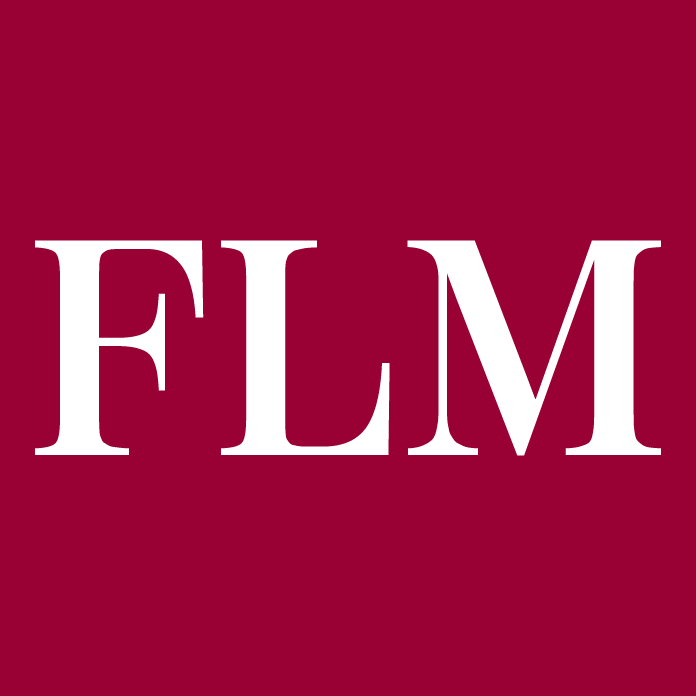Подобно на компютърните фенове и волните субкултури, които цитират думите на Маршал Маклуън “Информацията иска да е свободна”, ние развяваме с достойнство нашето електронно знаме с девиза “Дайте на модата свободата, която й се полага!”.
ISSN 1314-8915 Copyright © 2007-2025 Ot igla do konetz Ltd. & Fashion.bg Ltd. All Rights Reserved

За да предоставим най-доброто изживяване, ние използваме технологии като бисквитки за съхраняване и/или достъп до информация за устройството. Съгласието с тези технологии ще ни позволи да обработваме данни, като например поведение при сърфиране или уникални идентификатори на този сайт. Несъгласието или оттеглянето на съгласието може да повлияе неблагоприятно на определени характеристики и функции.